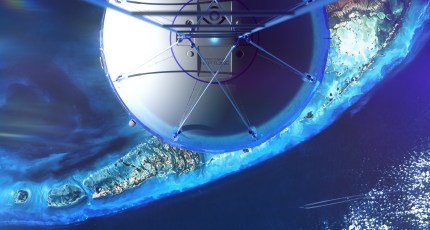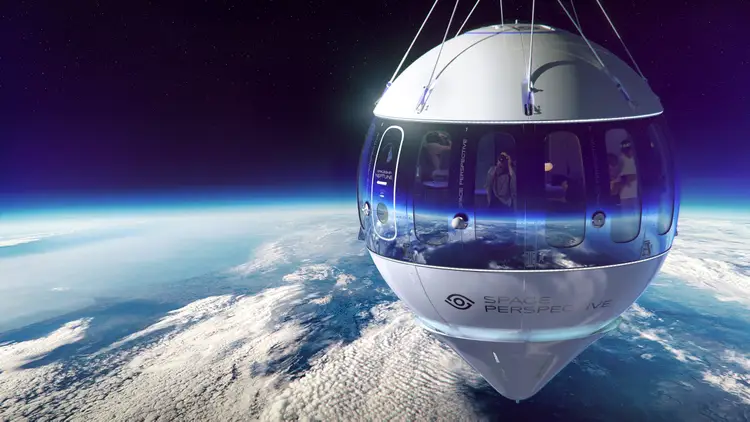Before becoming entrepreneurs, Jane Poynter and Taber MacCallum were researchers who occasionally found themselves as subjects of their own experiments. They gained recognition in the early ’90s when they joined the Biosphere 2 project, an experiment aimed at understanding closed ecological systems for potential space colonization. Spending two years in a large glass dome in the Arizona desert with six others, Poynter oversaw the farm’s design and operations while MacCallum led the development of systems for air and water recycling.
After the Biosphere 2 project concluded in 1993, Poynter and MacCallum married and embarked on various ventures focused on supporting life in extreme environments. Later, they co-founded World View, a company focused on collecting remote sensing data using stratospheric balloons.
Leaving World View in 2018, the couple started Space Perspective in 2019, shifting their focus to ultra-high-altitude tourism. Planning to commence commercial operations by the end of this year, Space Perspective enters a burgeoning market, albeit with distinct differences from its competitors like Virgin Galactic and Blue Origin, which offer suborbital space rides.
The key distinctions lie in altitude, duration, and the ride experience. While New Shepard reaches 66 miles above Earth in an 11-minute flight, Space Perspective aims for just 18 miles, offering a six-hour journey. Customers aboard Space Perspective’s capsule won’t experience G forces or weightlessness; instead, they’ll enjoy a smooth ascent at 12 miles per hour, allowing for leisurely activities like eating and drinking.

Moreover, Space Perspective’s launches and landings will occur at sea aboard the Marine Spaceport Voyager, a large vessel nearing completion. The company is finalizing the launch system and collaborating with the U.S. Coast Guard for regulatory compliance, while its balloon flight operations will fall under FAA oversight.


















